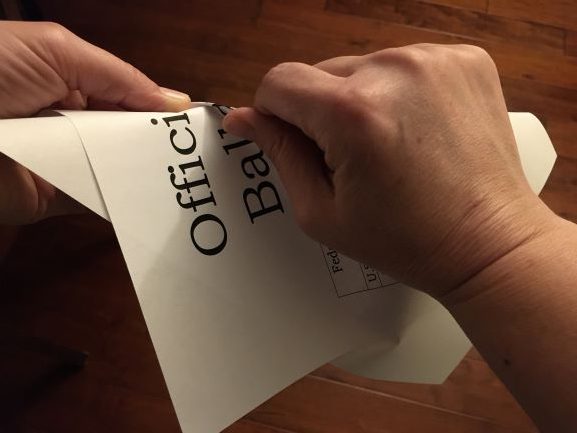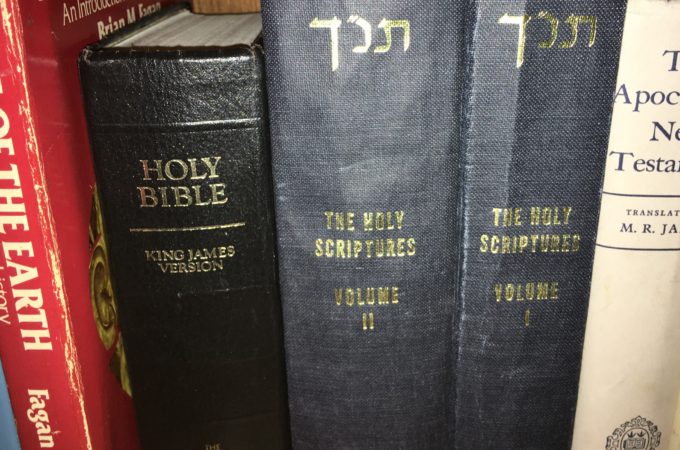
Voting Rights Consistently in Peril
The right to vote is fundamental to democracy. Paradoxically, the United States, the world’s most powerful democracy, has a long, complicated history with securing voting rights in an equitable manner.(See Historical Summary of Voting Rights below) Active attempts to manipulate and suppress voter participation occur today.(1) The methods employed to unfairly influence the voting process include strict voter ID laws, voter registration purges, complicated and limited voting access, and gerrymandering. Such practices are proven to be discriminatory,(2) promote voter apathy, and have a corrosive effect on our democracy. As such, perhaps it’s not surprising that voter turnout in the United States is generally low compared to other developed democracies throughout the world.
Proponents of strict voter ID laws and voter registration purging argue that such measures are critical to preventing voter fraud. Numerous studies conclude that voter fraud is extremely rare.(3) Regardless, strict voter ID laws and purging can’t prevent the numerous conceivable voter fraud schemes that potentially could be attempted. The intent of strict voter ID laws is designed to create barriers and suppress voting. Proponents of these laws have admitted on several occasions their real objective in implementing these laws.(4) Since 1997, NASA astronauts have been allowed to vote from space.(5) Ironically, many states intentionally make it difficult for thousands of citizens to cast a vote while residing in their voting districts.
Gerrymandering, the deceitful exercise of developing electoral boundaries with the intent to manipulate election results, is the epitome of an abusive government. Such schemes demonstrate a blatant disregard of citizenship and the voting rights of citizens. Supreme Court rulings have appropriately determined that racially gerrymandered boundaries are unconstitutional. Although, the Supreme Court has also ruled that race can be considered when determining electoral boundaries as long as it is not used as a predominant factor without a compelling interest. Alarmingly, the Supreme Court also ruled that federal courts cannot address questions regarding partisan gerrymandering; this ruling though does not prevent state courts from reviewing partisan gerrymandering considerations.
Every U.S. citizen has the right to vote without government-imposed barriers designed to suppress voting or manipulate election results. Citizens becomes marginalized when their voting rights are not protected. When voting rights are diminished for any demographic of our citizenry, the rights of all are at risk.
It is the government’s responsibility to encourage citizen involvement in the political process, conduct fair elections, widely distribute accurate and nonpartisan voting information, and facilitate accessible and flexible registration and voting procedures for all citizens especially during times of distress and national crisis (e.g., the coronavirus pandemic, etc.). What possible merit is there in creating obstacles for citizens in the voting process? Is it more patriotic to stand in a line on election day to vote in lieu of voting electronically or by mail? Absurd!
Now is the time to act. Contact your elected officials to advocate for fair elections and accessible voting processes:
To keep informed on current voting information where you live, visit:
- Your Local Election Office
- The Election Protection website
If you experience problems voting, visit:
- The U.S. Election Assistance Commission
- The Public Integrity Section of the Department of Justice’s Criminal Division
- The ACLU
References:
- brennancenter.org
- University of California San Diego Study
- brennancenter.org
- brennancenter.org
- airandspace.si.edu
Historical Summary of Voting Rights in the United States
When the United States Constitution was crafted, it did not address who was eligible to vote. Determining voting eligibility and implementing the various voting processes and procedures is the responsibility of each state.
Even decades after the Constitution was ratified, states generally extended the right to vote only to white males who owned property. However, attitudes on property ownership as a prerequisite for voting started to change by the 1820s. Consequently, many states began to offer voting rights to white males who did not own property. In 1856, North Carolina became the last state to remove property ownership as a requirement for voting.
Shortly after the end of the Civil War, the 13th and 14th Amendments to the Constitution were ratified. The 13th Amendment abolished slavery and the 14th Amendment granted citizenship to all persons born or naturalized in the United States, including former slaves, and guaranteed “equal protection of the laws” for all citizens. Notwithstanding, the ratification of these amendments did not guarantee African Americans the right to vote.
In 1870, the ratification of the 15th Amendment provided that “the right of citizens of the United States to vote shall not be denied or abridged by the United States or by any state on account of race, color, or previous condition of servitude.”
Despite this, a variety of efforts to deny and suppress the voting rights of African Americans and others were employed. These efforts included intimidation, violence, and the institution of poll taxes and literacy tests. Try to Pass a Literacy Test
After decades of activism and protests, women were enfranchised when the 19th Amendment to the United States Constitution was ratified in 1920. Previously, only a handful of states allowed women to vote.
Native Americans were not allowed United States citizenship until the passage of the Indian Citizenship Act in 1924. Nevertheless, Native Americans were not guaranteed the right to vote in every state until 1962.
Through the Immigration and Nationality Act of 1952 and subsequent legislative action, all immigrants of Asian descent were finally allowed citizenship and voting rights.
Only with the passage of the 23rd Amendment in 1961, residents of Washington D.C. were allowed to vote in presidential elections starting in 1964. Throughout most of D.C. history, residents could not elect local governing officials. DC residents were finally allowed to vote for a Mayor and City Council with the passage of the Home Rule Act in 1973. D.C. residents still can’t vote for a voting member of the House of Representatives or a Senator to represent them in Congress.
In 1964, the 24th Amendment prohibited poll taxes in federal elections. The Supreme Court outlawed poll taxes in state elections in 1966.
Discriminatory practices and unequal implementation of voting requirements were prohibited with the passage of the Civil Rights Act of 1964.
The Voting Rights Act (VRA) of 1965 prohibited the use of literacy tests and employed measures to ensure voting barriers at the state and local levels were not implemented.
With the ratification of the 26th Amendment in 1971, the voting age was lowered to age eighteen for federal and state elections.
The VRA extension of 1975 protected language minority populations by ensuring state registration and voting information is provided in the language of any minority group that is significantly represented in a community.
Building on the VRA and other legislation, the Voting Accessibility for the Elderly and Handicapped Act (VAEHA) of 1984 required voting accessibility for elderly or disabled citizens.
A key provision of the VRA requiring federal approval for any changes to voting rules for jurisdictions with a demonstrated history of discrimination was removed by the Supreme Court in 2013.
Residents of Puerto Rico and other U.S. territories cannot vote in presidential elections or vote for a voting member in Congress even though they are U.S. citizens.
After all of the activism, struggles, strife, and legislative action over the last 200 plus years, challenges to inclusive voting rights continue to plague the United States into the twenty-first century.


